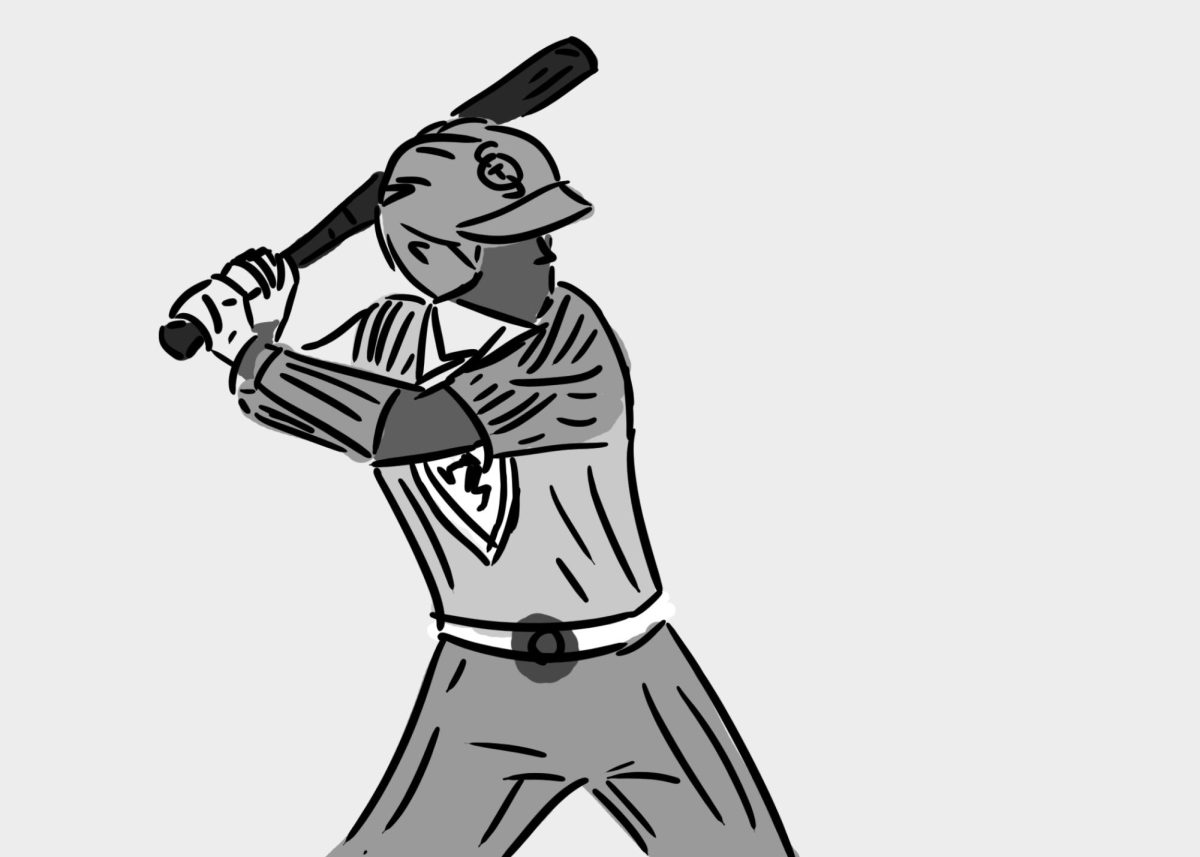When professional soccer player Gareth Bale transferred from English club Tottenham Hotspur to Spanish club Real Madrid on Sept. 1, it shattered the world record for a transfer fee paid for a player. Real Madrid reportedly paid Tottenham €100 million for Bale equivalent to $131 million. This unbelievable fee caused shockwaves worldwide. While Spain continues to suffer through economic turmoil, soccer clubs like Real Madrid and Barcelona continue to spend hundreds of millions of dollars annually, and this trend is not unique to Spain. It seems remarkable that athletes can earn such vast amounts of money while others around them suffer through economic hardship. It raises a pertinent question: Are professional athletes paid too much money?
Professional sports is one of the largest grossing industries in the world. People from all walks of life are immersed in professional sports and consume them daily. The English and Spanish leagues combined have earned more than one billion dollars in profit in the past 12 months alone. When faced with such figures, it seems evident that most professional athletes are grossly overpaid.
Take Gareth Bale, for example. Bale will earn a weekly salary of $470,000, far surpassing what the majority of people can hope to make annually. This incongruity is what many consider to be the issue with modern sports. When athletes’ incomes are compared to figures earned by non-athletes, a huge discrepancy is apparent.
Athletes did not always make such astronomical figures; in fact, this is somewhat of a modern-day trend. Look at Babe Ruth, who was arguably one of the greatest baseball players of all time. At his peak, he only earned $1.4 million, and this is taking inflation into consideration. In comparison, the average Major League Baseball player today earns $3.4 million. What has led to this drastic increase in the salaries of athletes?
Perhaps the greatest factor is television. Television networks CBS, NBC, FOX and ESPN recently signed a contract with the NFL to pay the league $39.6 billion for broadcasting rights from 2014 to 2022. Massive injections of money like this were simply not available to professional sporting teams in the past. Almost all major leagues and teams now have lucrative television deals. When you factor in ticket and merchandise sales, it leads to even greater amounts being brought in. These funds are then partially reinvested into player salaries.
Is it a problem that athletes and teams earn such large amounts of money? This question does not have a right or a wrong answer. On one hand, millions of people watch and attend sporting events daily. Whether or not you find it reasonable to spend $200 on a ticket to a Vikings’ game, people should be able to spend their free time and their money on whatever they please. On the other hand, it seems unfair that workers like teachers and police officers, whom many would consider much more valuable to society, are paid just a fraction of what athletes earn. However, countries like the United States value professional sports highly. To put it into simple terms, athletes are paid what we believe them to be worth.
Will we see another $130 million transfer like Gareth Bale’s in the near future? It’s more likely than not. The popularity of professional sports will continue to grow, and with it the vast amount of money it garners. Athletes will continue to be paid large salaries in comparison to the rest of the population. It’s simply a product of our society.
Graphic credit: ALLI LIVINGSTON/MANITOU MESSENGER



